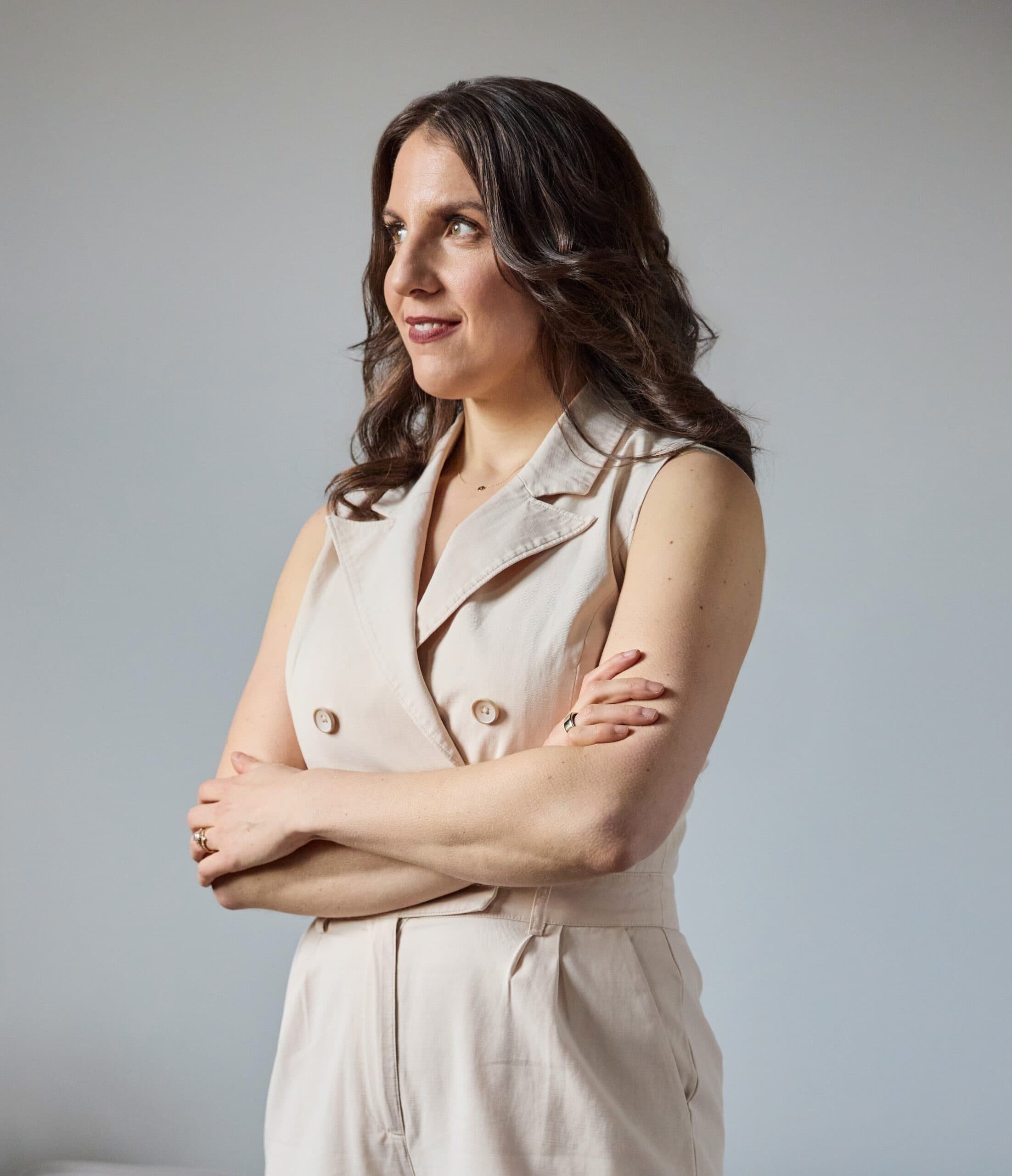The idea of “gut feelings” goes by many different names. Instinct, hunch, inner wisdom…they all refer to the concept of intuition, which is the capacity to instantly understand things without engaging your conscious mind.
Everyone’s had the experience of immediately knowing a solution or an answer, without being aware of exactly how or why we know. The idea of trusting your gut does not have the best reputation in the age of big data. Researchers use the term “intuition” to describe the phenomenon of gut feelings, and many write it off entirely as unreliable, mystical, or “New Age.” Though intuition is not always accurate, studies have indicated that by using both gut feelings and analytical thinking at the same time, your decisions are quicker, better, and more accurate than they would be if you left your intuition out of it. And you also feel more confident in the conclusions you arrive at by way of both analytical thinking and gut instincts. This is doubly true when there is no clear “right” answer or when you’re overthinking.
Surveys of top executives have proven that when most of these leaders are faced with crises, they base their decisions on a blend of both emotional cues and past experiences. Even the U.S. Navy teaches Marines and sailors to listen to their guts since instinct tends to outperform intellect in combat and other high-stakes situations.
What Science Has Proven About Trusting Gut Feelings
Contrary to popular belief, intuition is actually a function of the nervous system. Your digestive tract contains 100 million neurons, which comprise an enormous neural network. That’s why scientists refer to the digestive system as the “second brain.” The gut contains more neurons than the spinal cord, which shows just how powerful its processing abilities really are.
When your decision-making process is driven by intuition, your gut works together with your brain to rapidly call upon all of your past experiences, the knowledge you’ve gained, and your personal preferences and needs. Then your gut and brain use that information to choose the best course of action. Intuition is an amalgam of experiential and emotional data, and leaders should hold it in high regard.
Regardless of whether you consult your intuition deliberately, it’s likely that you’re still benefiting from it on a daily basis. We all know the feeling of evaluating a decision with a pit in our stomach. That’s one of the ways that the gut makes its feelings known. By getting a “read” on her direct reports, a manager is gauging her team’s motivation levels so she can take action to re-engage them if need be. Another example would be “gut checking” the design of a new product, which can steer the creative process in the best direction.
How to Use Intuition When Making Decisions
Those who identify as highly sensitive experience gut feelings more strongly than most people, but they’re often encouraged to disregard what their gut tells them. High sensitivity allows you to recognize, process, and integrate information on a deep level, including information about the emotions of those around you. Since you are continually taking in more data than the 80% of the population who do not share your trait of high sensitivity, your intuition is more highly developed as a result. Unfortunately, you have probably been encouraged to downplay this data and underutilize this personal strength.
When you deliberately practice using your intuition, you strengthen it. The following tactics can help you start to leverage your intuitive sense as a tool in your decision-making.
Know the difference between gut feeling and fear.
When we feel afraid, our bodies tend to chime in with constricting or minimizing sensations. This may include feelings of panic, tension, or desperation. There is a sense of a “pushing energy,” like we’re struggling to use force or making a decision out of the desire to sidestep danger, punishment, or rejection. We also tend to criticize ourselves when we’re fearful, with thoughts about how we should be conforming, hiding, or compromising ourselves.
Intuition has a “pulling energy”. Its guidance feels like we’re maneuvering ourselves in the optimal direction—even if that means taking a risk or taking our time. Intuition can include feelings of being at ease or content—or excited and full of positive anticipation. Your body tends to relax. Gut feelings speak in a voice that’s wiser and more grounded, almost like you’re listening to a trusted mentor.
Make small decisions first.
Let yourself speak up in a meeting without overthinking what you say or holding back. Select an outfit you feel drawn to without considering the pros and cons. You can raise your comfort levels of following intuition by making speedy, low-stakes decisions. This avoids overwhelm and lays the groundwork for making bigger, more consequential decisions later on, and trusting yourself as you do so. By starting small, you’ll strengthen your abilities to tolerate distress and to self-regulate your emotions even when you’re uncomfortable.
Take your choices out for a test drive.
In your early experiments with intuition, you may find that making choices is a slower process than you’d like. Try role-playing instead of thinking too much. If you’re contemplating a career shift into a new industry, pretend you’ve already made the decision to go with Option A, and act accordingly. Pay attention to your thoughts and emotions. After doing this for two or three days, try Option B on for size, and act as if you’d decided not to switch industries after all. When the four to six days of role-play are done, evaluate your reactions to each possible choice. With simulations of the potential outcomes of a decision, you can get a real sense of which option would give you what you really want. Another option is to flip a coin and check your gut. If you pass up an opportunity because the coin came up tails, how do you feel? Are you full of fear and dread, or joy and relief?
Experiment with the snap judgment test.
“Thin-slicing,” or utilizing rapid cognition, can let your brain choose without thinking too much, and help you learn to trust your gut more. The snap judgment test will let you try this out. Make a list of questions on paper, like, “would I find more joy in another line of work?” Write out “yes” and “no” below the question, and set the pen down. Wait a few hours, then go back to the page and circle your answer without thinking. You might not like the answer, particularly if it’s a big question. But it’s likely that the snap judgment test forced you to give an honest answer.
Lean on your values.
Core values are a reflection of what you value the most. Maybe for you, it’s family, diversity, calmness, freedom, or stability. Viewing your emotions through the lens of your core values can help you understand why certain events and circumstances trigger negative feelings. For instance, if you feel agitated in the aftermath of a bad day at work, maybe the cause of the tension is the fact that you’re hiding how you really feel about an important factor. If one of your core values is honesty, you might find that distressing. By checking in with your values in light of your current circumstances, you can gain insight and determine what’s out of balance.
Take time today to contemplate which one to three values mean the most to you. When you next find yourself facing a difficult decision, consider which outcome is most aligned with your core values. Intuition can relax your inner tension and stave off looping thoughts.
One last thing to keep in mind is that intuition doesn’t thrive in stressful, fast-paced environments. Let your mind wander and find connections that you couldn’t see before. While intuition isn’t perfect, it can be a great tool when making decisions. Most people don’t use it very much. If you try these strategies, you’re likely to come to the conclusion that intuition is a more powerful tool in your decision-making toolkit than you’d ever imagined.




